A Curricular Solution To The Crisis Of Civic Illiteracy
Authored by David Bruce Smith via RealClearPublicAffairs,
John and Abigail Adams envisioned an America with a school in every neighborhood and a well-informed citizenry that was adept in languages, literature, and music, as well as science, history, and religion. Their vision was practical until the ages recast it, little by little.

Then sometime between Joseph McCarthy and Joan Baez, the status quo of the educational system came undone.
Students who had been accustomed to a traditional 50/50 split between the humanities and the sciences were capsized academically by the surprise Sputnik launch in 1957. The U.S.’s race to space sent higher education into a tizzy, becoming fixated on improving science education above all. In the succeeding seven decades, resources have consistently risen for STEM (science, technology, engineering, and mathematics), which has been to our benefit. But this has come at an unnecessary cost: the humanities have been downplayed, devalued, and dodged.
That uneven ratio has bestowed an unfortunate historic illiteracy on three generations. Most people, for example, do not know the philosophical roots of the Declaration of Independence, their rights as laid out in the Constitution, or the civic virtues their teachers should have taught them. For these three reasons, many Americans do not vote in local, state, or national elections.
Even amid this crisis of civic illiteracy, only about 18% of colleges and universities nationwide require the study of history and government in their general education programs. In years past, when the architecture of academe was different, a plethora of institutions, such as Harvard, Rice, Notre Dame, Johns Hopkins, and William & Mary, proffered requirements for focused classes in American history. But their phase-out – begun in the 1960s – was practically completed by 2000.
According to a report from the American Council of Trustees and Alumni, nowadays, at Columbia University, “Students must take at least nine courses to graduate with a B.A. in history. Of these courses, four must be in a chosen field of geographical, chronological, or thematic specialization, and three must be outside of the specialization, including one course removed in time and two courses removed in space.” In other words, the major requires exposure to a variety of histories – none of which need touch on America.
That gap in Columbia’s history major requirements is deeply troubling, though it at least has a Contemporary Civilization requirement in its signature core curriculum for undergraduates that addresses founding documents and key concepts of United States government. Meanwhile, at Colgate University, which has no such option in its general education requirements,
“Students choose one of two pathways to graduate with a B.A. in history. Both require nine courses. The Field of Focus (FoF) Pathway requires one history workshop, seven electives….. The FoF Pathway allows students to devise individualized, intellectually coherent specializations. Possible fields of focus include environmental history, gender and sexuality, and race and racism.”
This reorientation away from the study of American history – even as a point of reference for students who are focusing their studies on other parts of the world – is now the norm in the American academy. In the 2020–21 academic year, 18 of the top 25 public universities did not have a wide-ranging American history requirement for students seeking a B.A. in history in the major or core curriculum, nor did 24 of the 25 best national schools.
Even the legendary linchpins of the liberal arts – Amherst, Swarthmore, Vassar, Smith, Williams, and Pomona – fared poorly: 21 out of 25 colleges examined did not have an American history requirement.
The consequences of forgoing the study of American history have a powerful effect on the population. Much of what is not learned – or stays uncorrected – turns into the misinformation that is so damaging in a free and democratic society.
When 8th graders were asked in 2011 to choose a “‘belief shared by most people of the United States,’ a majority (51 percent) picked ‘The government should guarantee everybody a job,’ and only a third chose the correct answer: ‘The government should be a democracy.’”
In 2015, 10% of college graduates believed Judy Sheindlin – TV’s “Judge Judy” – was a member of the Supreme Court.
In 2019, ACTA found that 18% of American adults thought New York Congresswoman Alexandria Ocasio-Cortez was the architect of the New Deal, a package of programs introduced by President Franklin Delano Roosevelt in 1933. Twenty-six percent believed Brett Kavanaugh was the current Chief Justice of the Supreme Court, along with another 14% who identified Antonin Scalia, although he had been dead for two years at the time of the survey. Only 12% knew the 13th Amendment freed the slaves in the United States. And 30% thought the Equal Rights Amendment guaranteed women the right to vote.
In 2024, an ACTA survey of college students showed that fewer than half identified ideas like “free markets” and “rule of law” as core principles of American civic life. The survey also found that 60% of American college students failed to identify term lengths for members of Congress. A shocking 68% did not know that Congress is the branch that holds the power to declare war. Seventy-one percent did not know when 18-year-olds gained the right to vote.
All of these results were based on multiple-choice questions. All the respondents had to do was select the correct option out of four possibilities.
The late Bruce Cole, chairman of the National Endowment for the Humanities from 2001 to 2009, admonished, “Unlike a monarchy, a democracy is not automatically self-perpetuating. History and values have to be renewed from generation to generation.” Our failure to educate future citizens for informed civic participation compromises the country. Institutions need to take ACTA’s findings to heart and, starting with their requirements for the history major, embrace their obligation to address the crisis in civic education.
David Bruce Smith is the founder of the Grateful American® Foundation and co-founder of the Grateful American® Book Prize.
Tyler Durden
Thu, 05/01/2025 - 21:20
 Chinese Vice Premier Ding Xuexiang meets with Iran's Foreign Minister Seyed Abbas Araghchi in Beijing last month. Yin Bogu/Xinhua via Getty Images
Chinese Vice Premier Ding Xuexiang meets with Iran's Foreign Minister Seyed Abbas Araghchi in Beijing last month. Yin Bogu/Xinhua via Getty Images
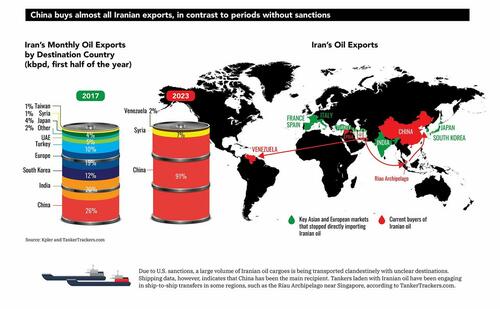 Kpler & TankerTrackers.com
Kpler & TankerTrackers.com

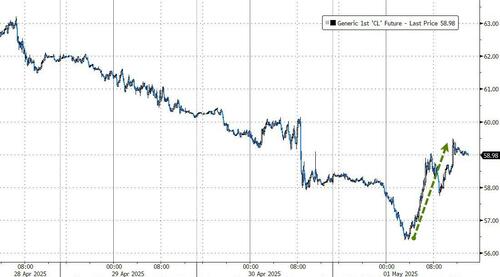




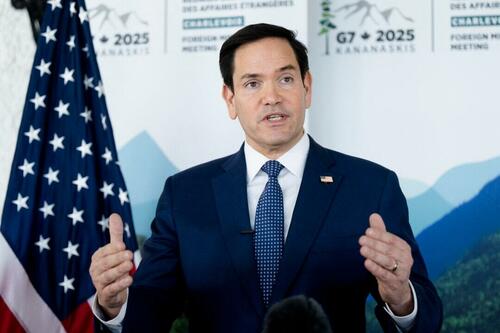
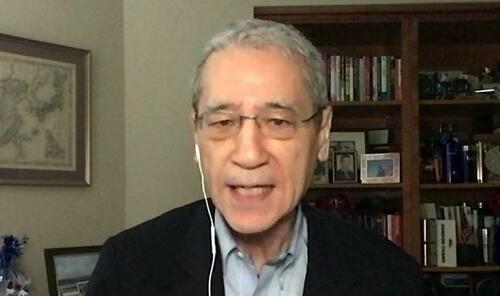

 Via Associated Press
Via Associated Press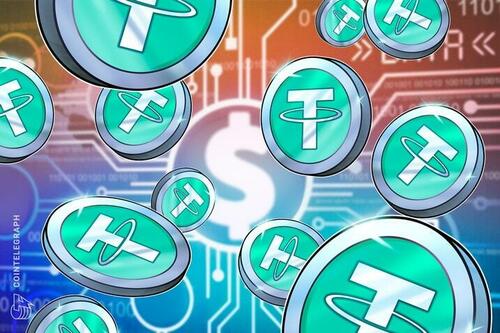
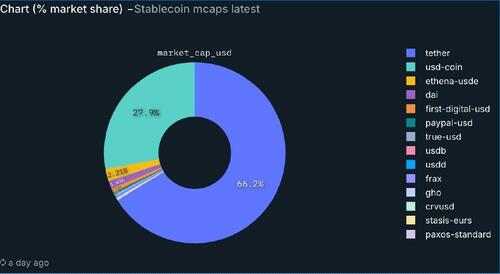
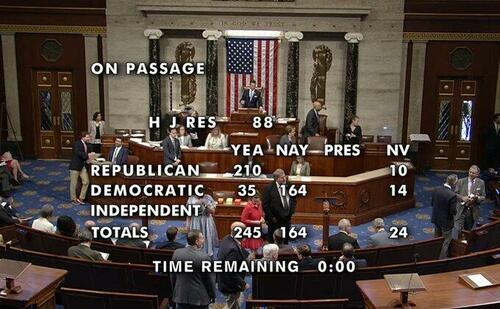


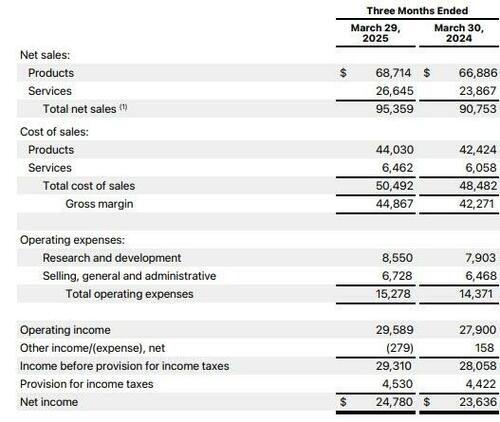
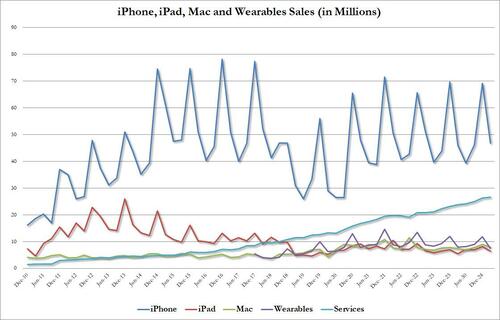
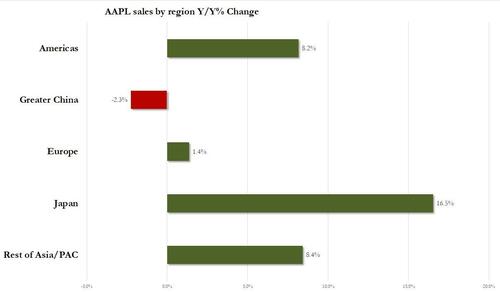
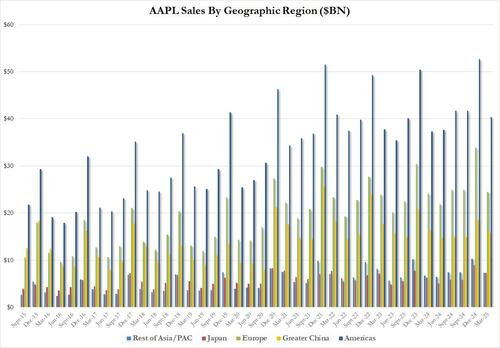
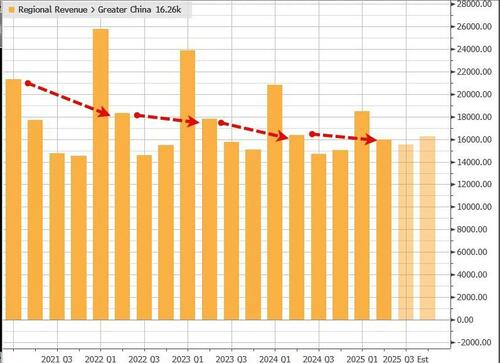
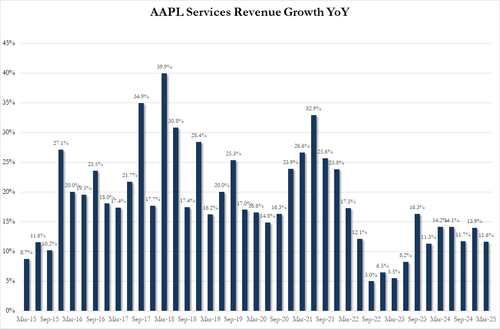
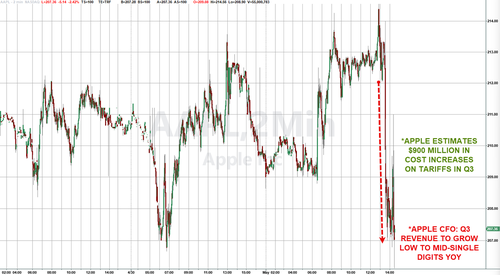
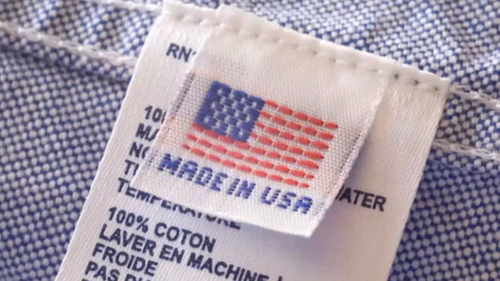
 Via AFP
Via AFP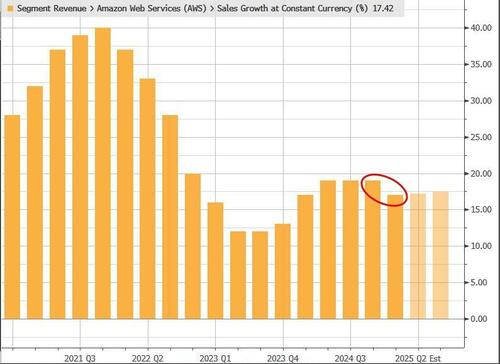
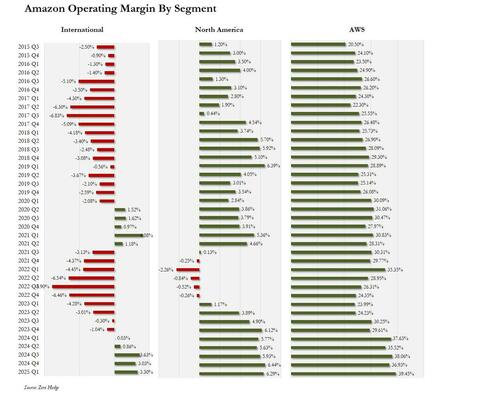
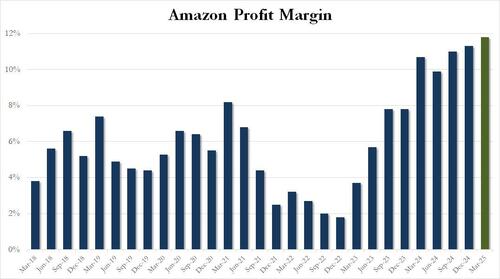
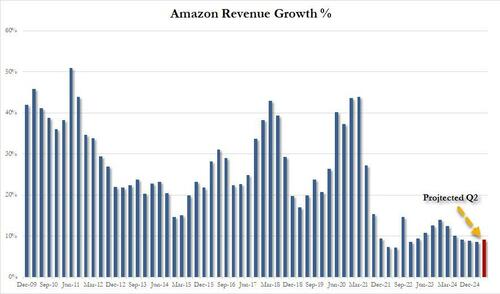
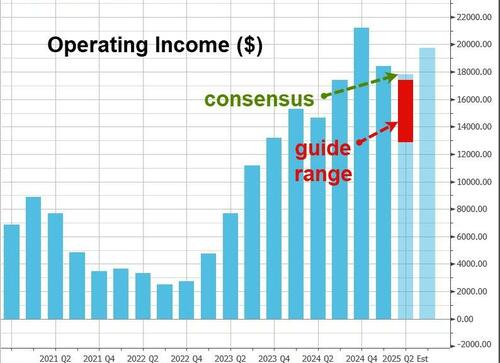
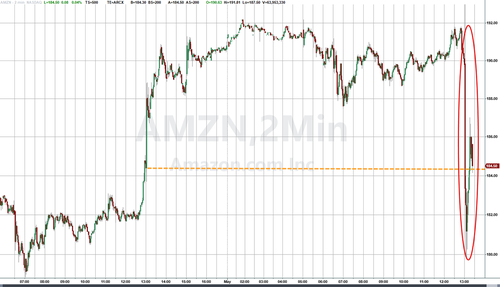
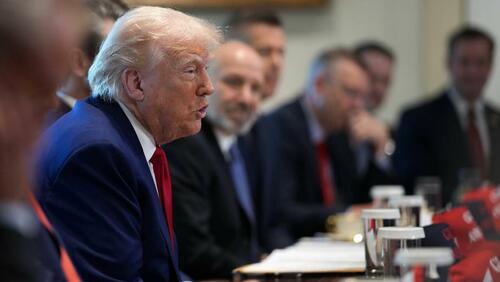

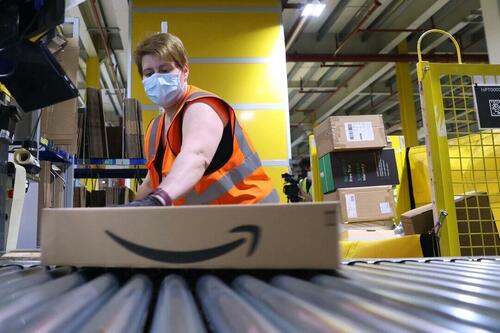
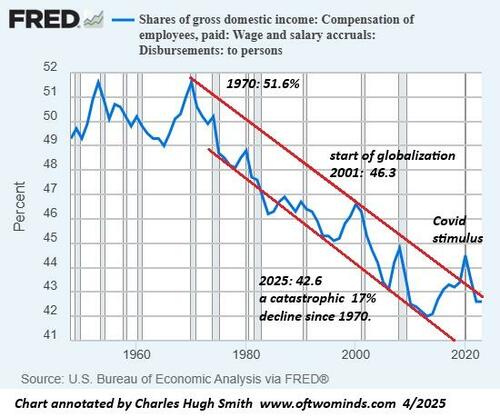

Recent comments